Ammonites are the animals of the order Ammonitida (subclass Ammonoidea) which most developed in the Mesozoic seas during Jurassic and Cretaceous periods. These are the Cephalopoda mollusks, which name occurs from the name of ancient Egypt god Ammon – spiral shell looks like the horns of the god depicted with the head of a ram. Modern squids and octopuses are considered as Ammonite kins.
The Ammonitida order was very varied and included more than 600 genuses. Morphologically, the shells of the ammonites can be subdivided into the 3 types: smooth plate-spiral (genus Craspedodiscus – see photo), hard textured plate-spiral (genus Speetoniceras – see photo), heteromorphic (genus Audouliceras – see photo).
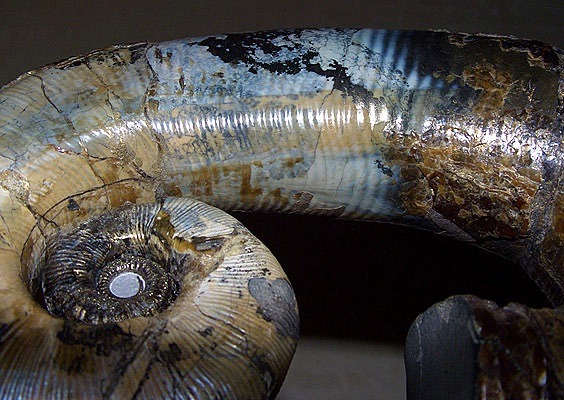


The taphonomic conditions which provide the saving of the ammonite shell are very unique and concerned with sublittoral sea sediments. The shells were plunged unto soft carbonate silt which cemented later into a rock that completely preserved the fossil. The classic region where these rocks outcrop is the Volga region of Russia, including Nigniy-Novgorod, Ulyanovsk and Saratov localities
In Ulyanovsk region Volga river flow cleaves the Middle Jurassic and Lower Cretaceous sediments at the length of more than 100 kilometers, which provide many outcrops with an abundance fossil material – big sea reptiles, sharks and different fishes, and also cephalopods, gastropods, bivalvia molluscs.
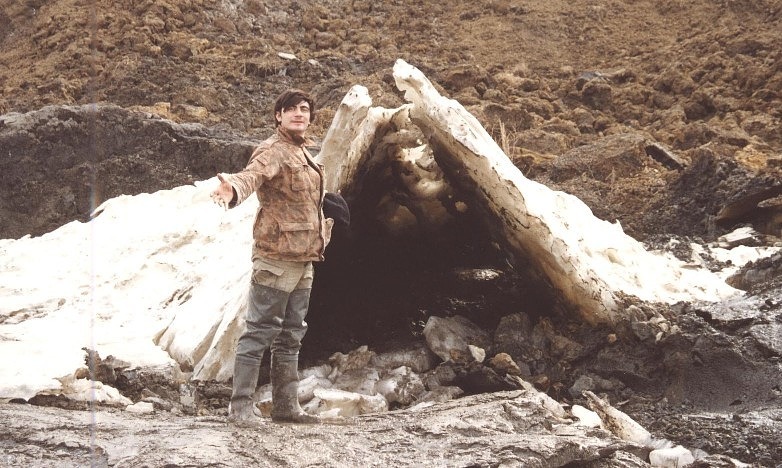
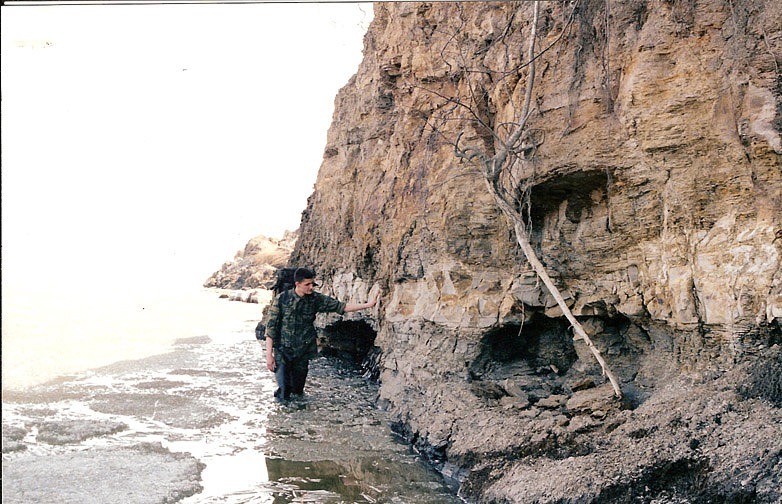
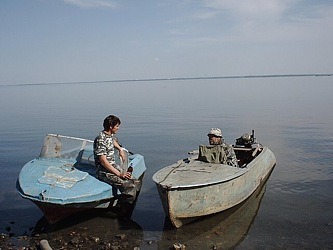
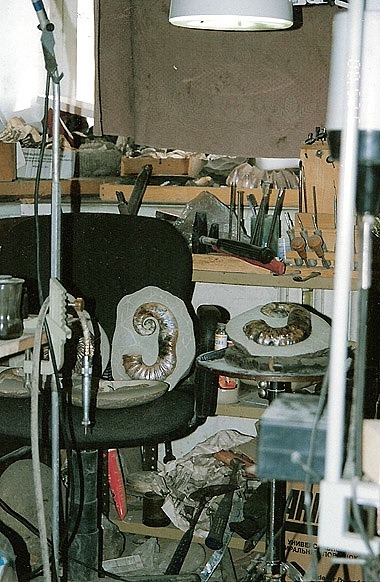
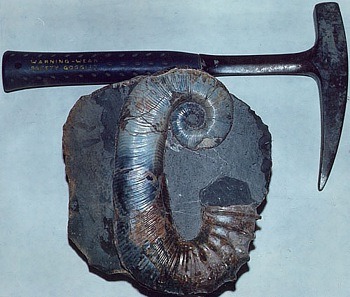
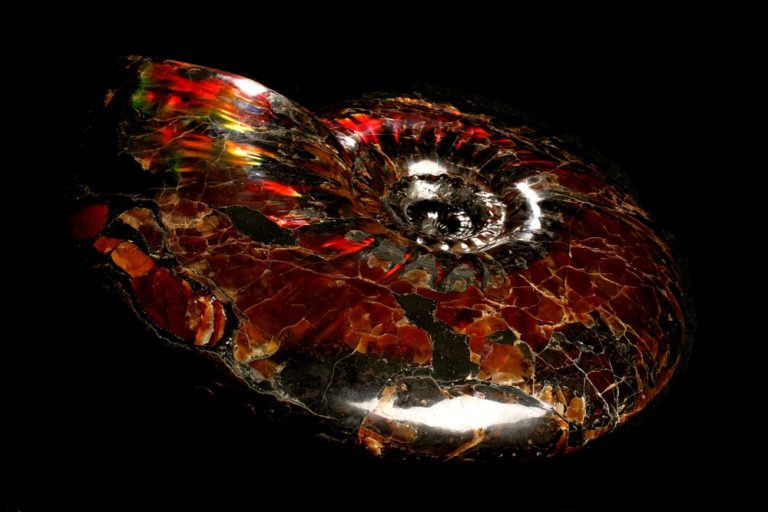
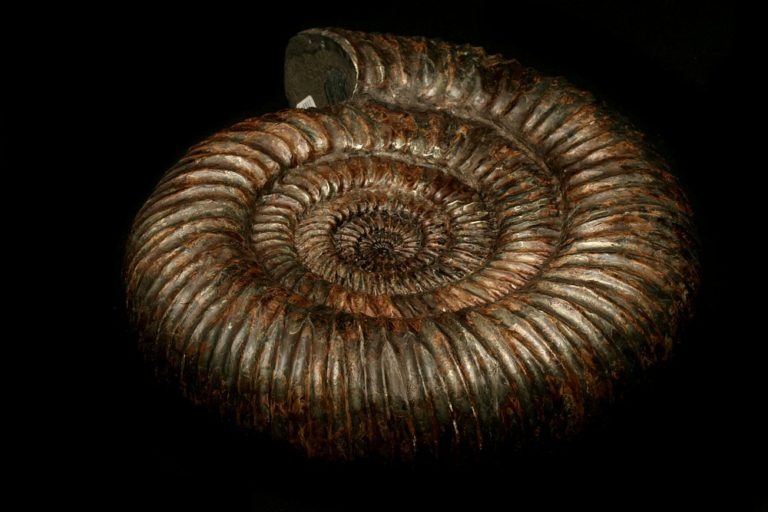
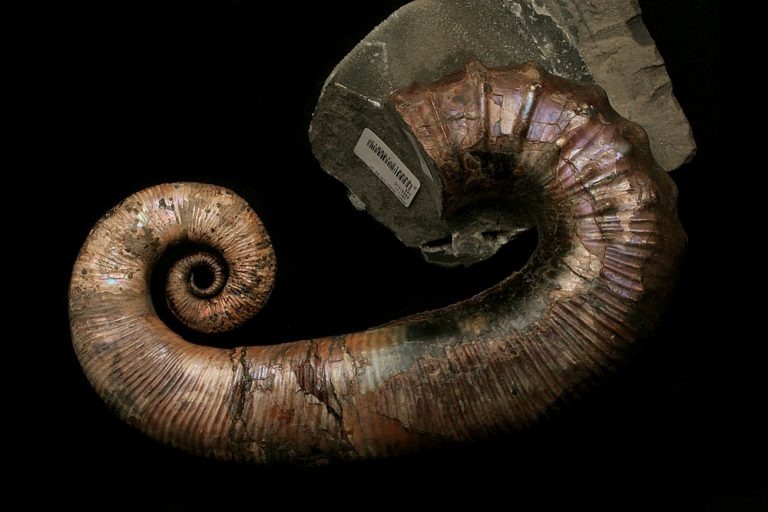
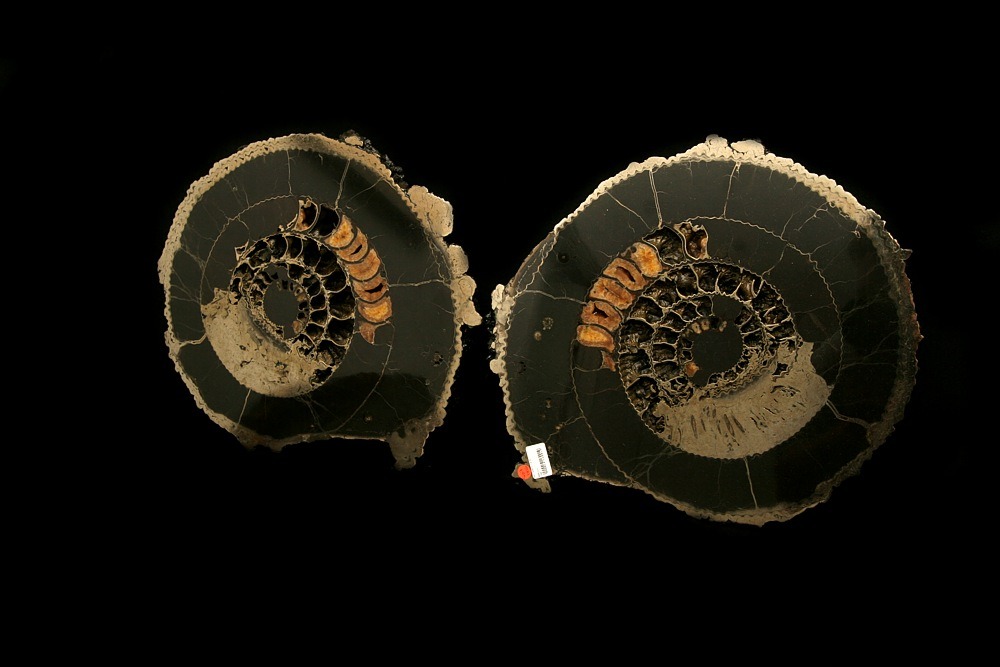
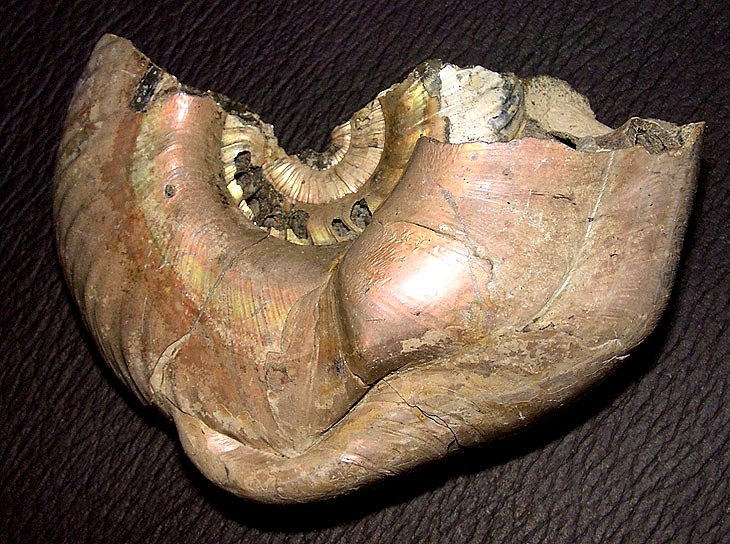
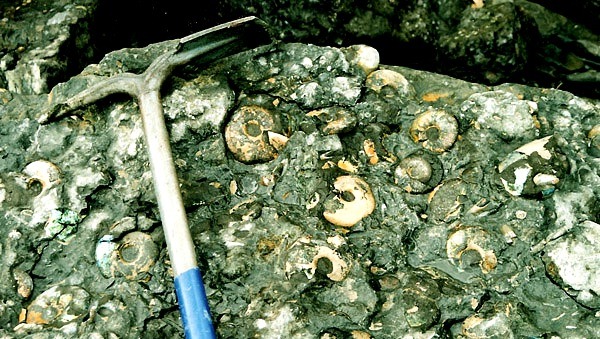
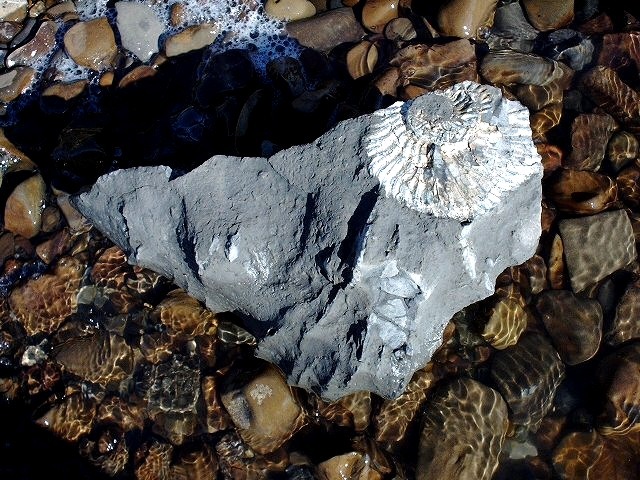
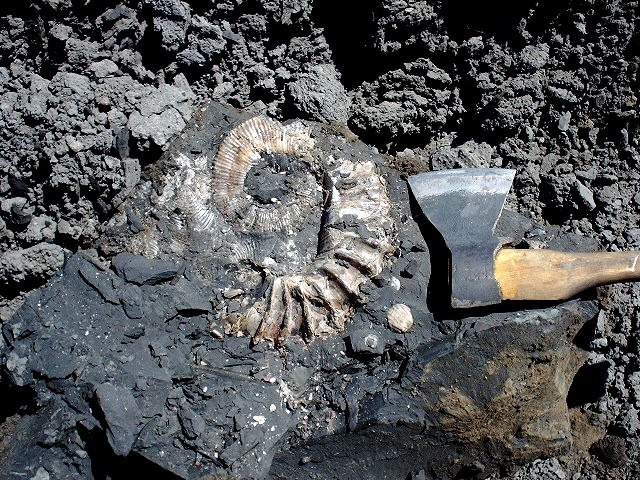
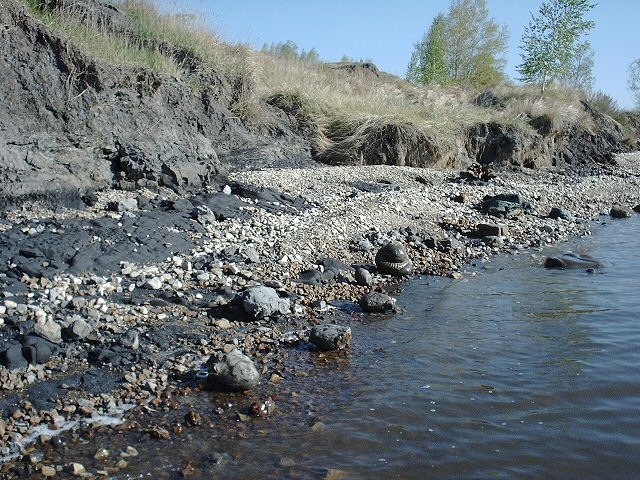
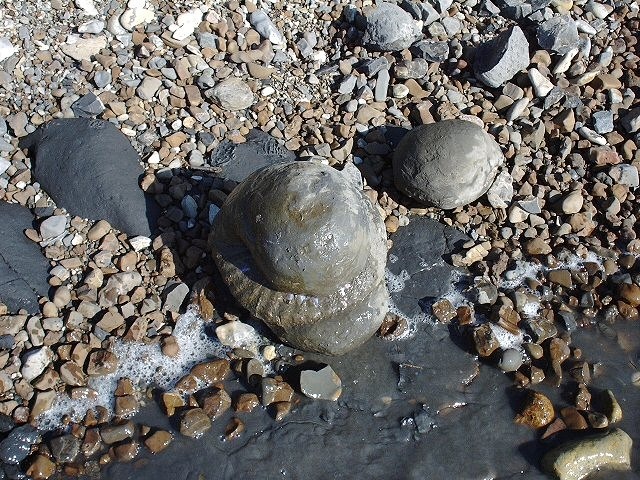
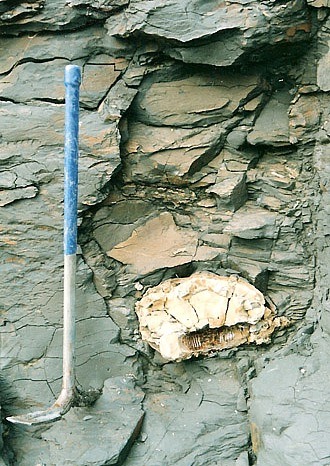
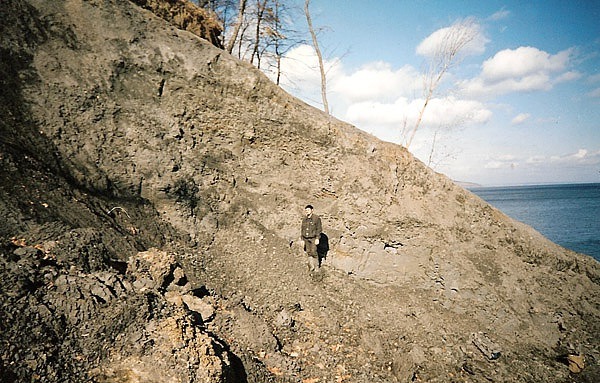
Leave A Comment?